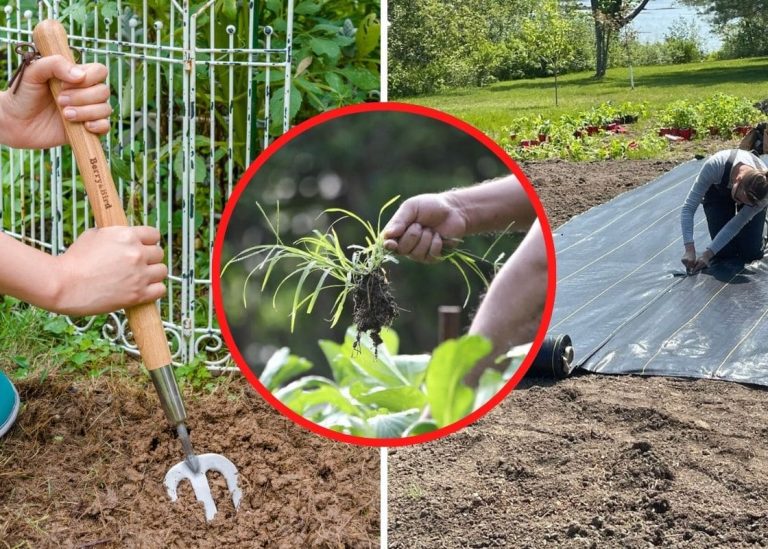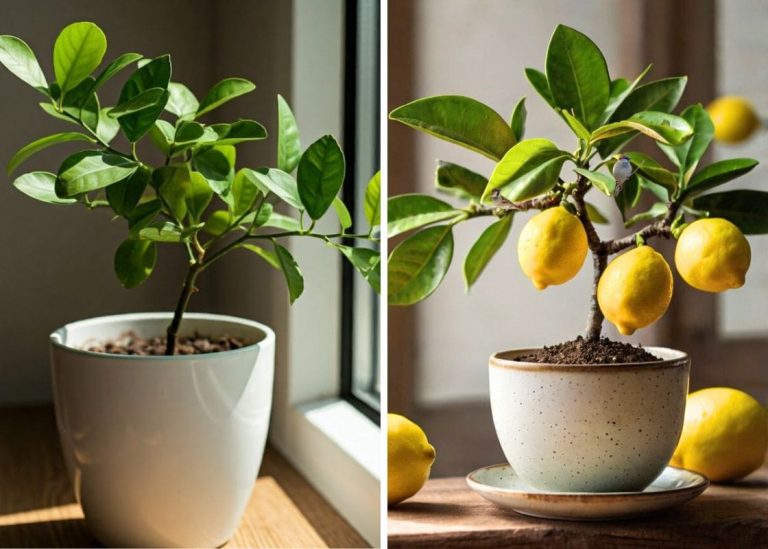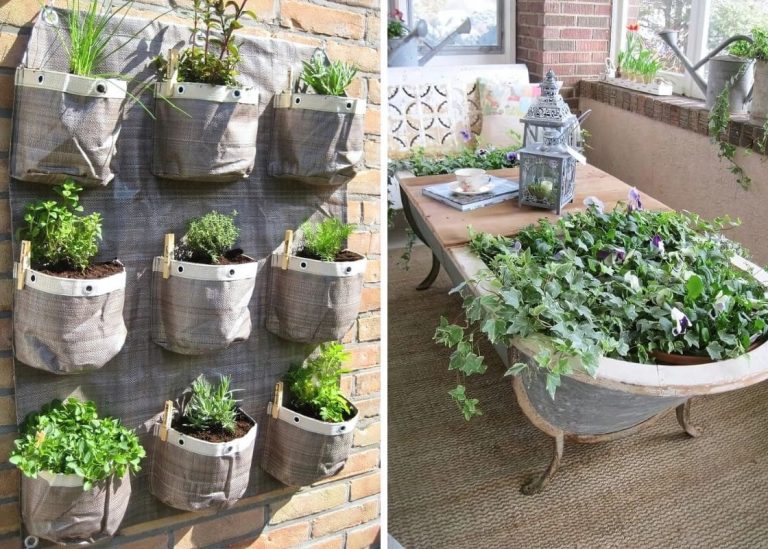Here’re Top 20 Companion Planting Pairs for a Thriving Garden
Some gardens grow because we plan them. Others thrive because the plants, like old friends, know how to look after each other. I learned this the sweet way one spring afternoon when I tucked a few basil plants next to my tomatoes — not expecting much, just hoping for some extra leaves for pasta.
By midsummer, the tomatoes stood taller, the basil smelled richer, and a quiet harmony filled that little patch of earth. It wasn’t just luck. It was companion planting — one of nature’s most gentle miracles.
Pairing the right plants has felt a little like matchmaking — finding companions who lift each other up, protect one another, and make the whole garden hum with life. Great combinations will turn simple garden beds into living, breathing tapestries of color, flavor, and friendship.
#1. Tomatoes and Basil

Tomatoes and basil are an easygoing pair that belong together — in the kitchen and the garden. Basil naturally deters pests like aphids and hornworms, saving your juicy tomatoes from trouble.
In return, the sprawling tomato plants offer shelter to basil on scorching afternoons. Plus, there’s something downright romantic about harvesting both from the same bed for a summer salad.
#2. Carrots and Onions
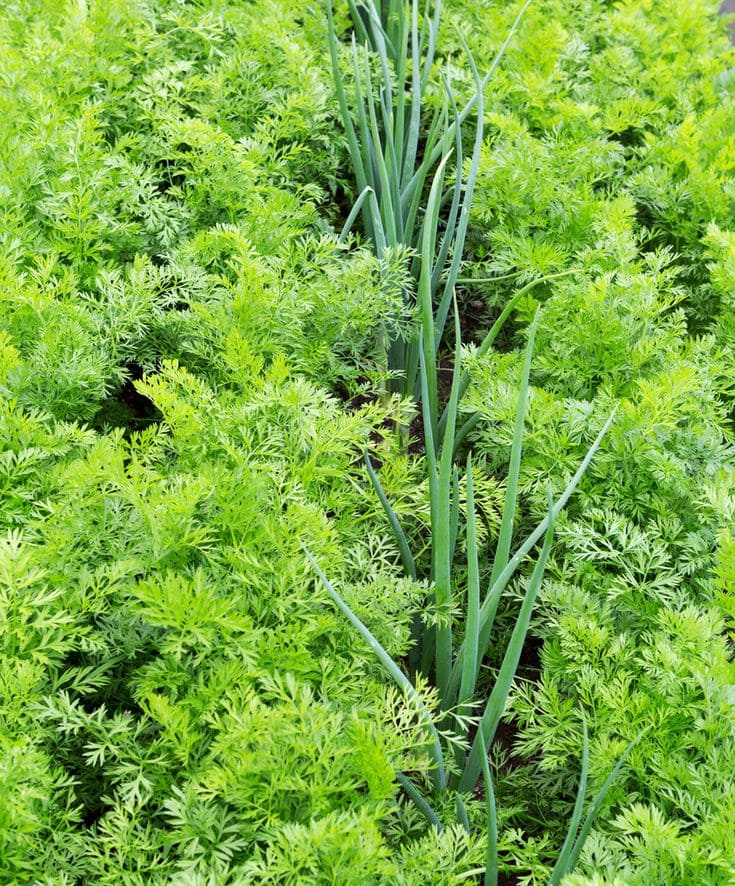
Walking through a friend’s raised beds last spring, I noticed her carrots standing proudly between tidy rows of onions. She smiled and said, “They watch out for each other.”
It’s true — onions repel carrot flies, while the airy carrot foliage shades the onions below. Together, they create a low, lush layer that feels like a tiny, self-sufficient neighborhood.
#3. Beans and Corn
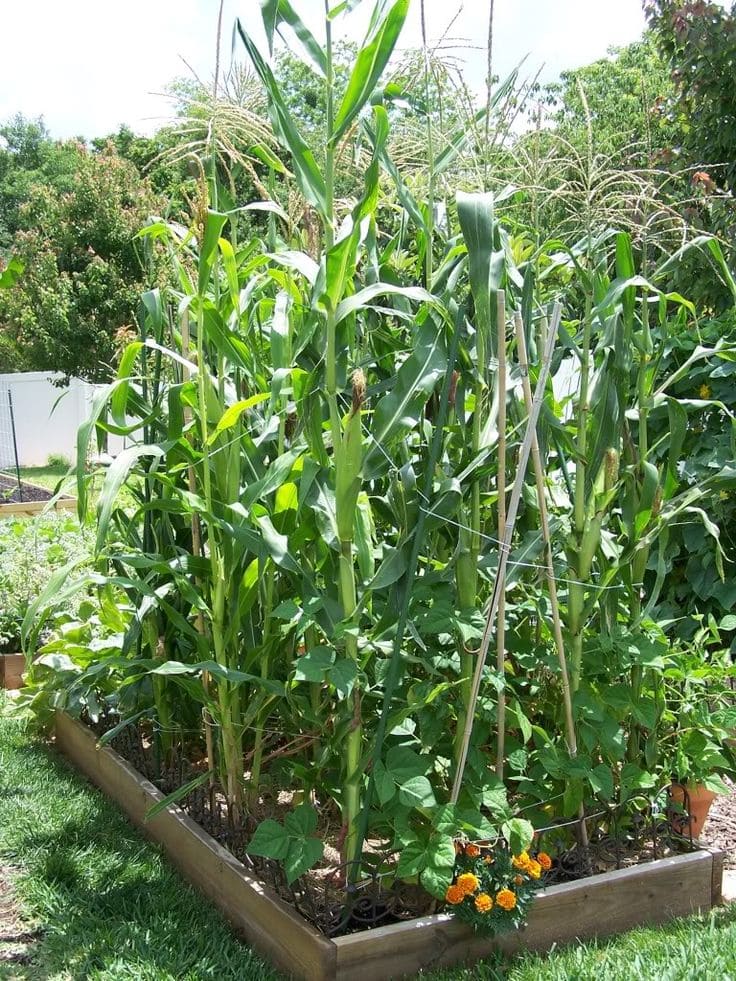
Corn’s tall stalks act like living ladders for bean vines to climb, making this partnership both beautiful and practical.
Meanwhile, the beans work underground magic, fixing nitrogen into the soil and feeding their lofty companions. Planting them together feels like watching a well-rehearsed dance unfold through the season.
#4. Cucumbers and Nasturtiums
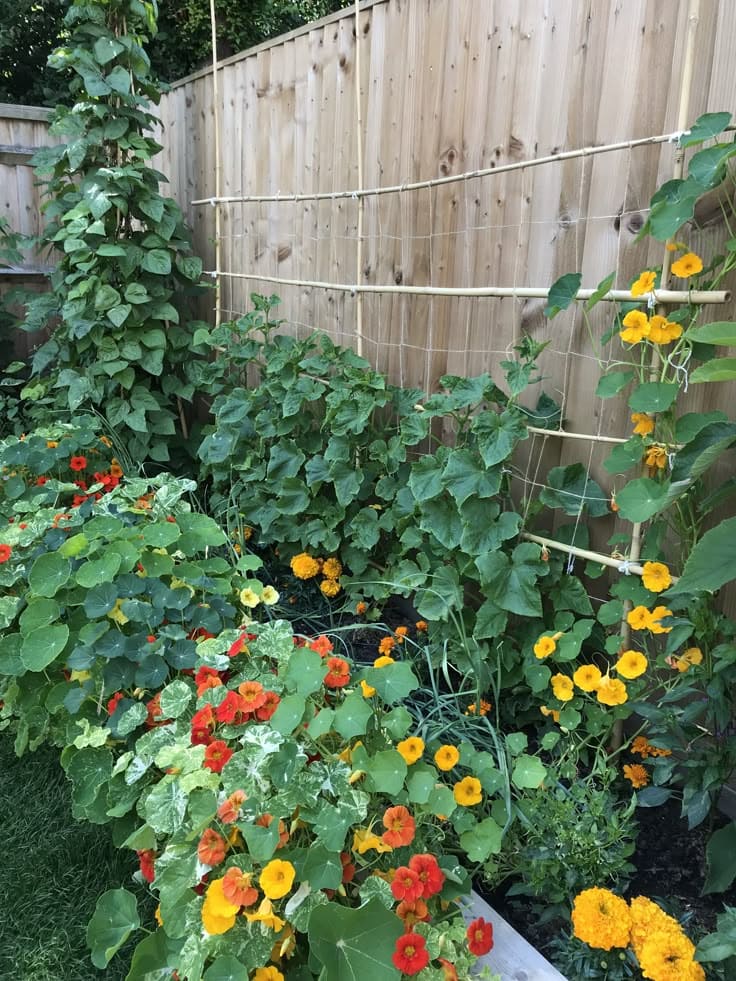
One summer, I added nasturtiums along the edges of my cucumber bed purely for the pop of orange flowers — but what a gift they turned out to be.
Nasturtiums lure away aphids and cucumber beetles, keeping my vines clean and healthy. Their sprawling leaves also offered shade, creating a cooler, happier environment for the cucumbers to thrive.
#5. Lettuce and Radishes
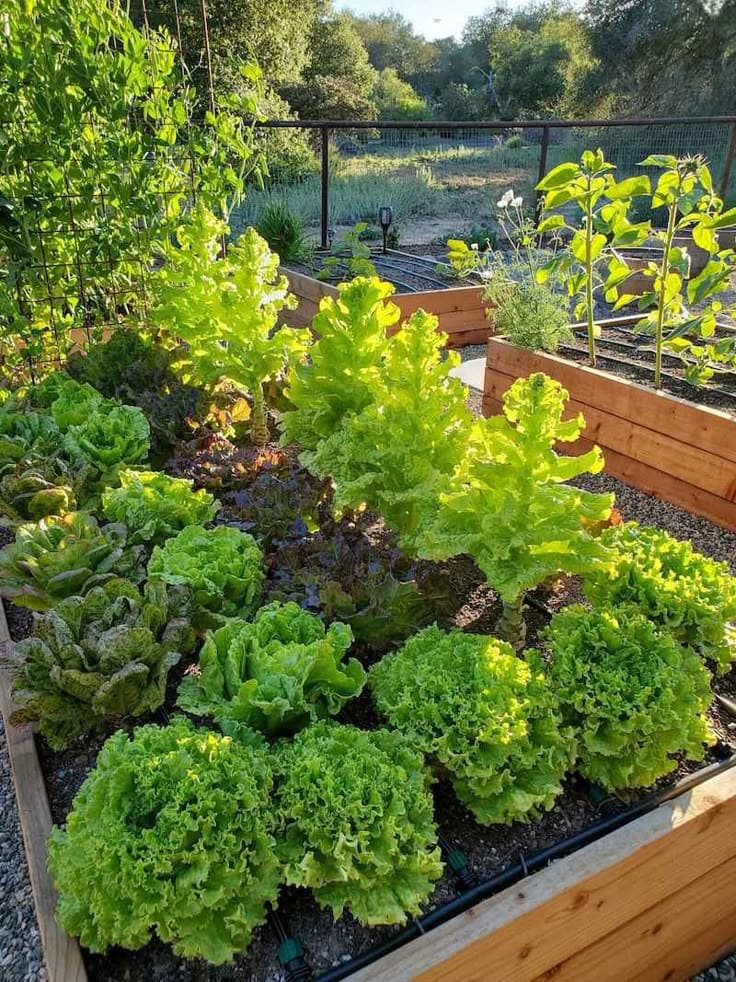
I love planting radishes alongside lettuce — it’s like pairing a sprinter with a marathon runner.
The radishes shoot up quickly and are ready to harvest just as the lettuce starts to stretch its leaves. Their short dance together helps shade the soil, keeping lettuce crisp longer during the first hints of summer heat.
#6. Spinach and Strawberries
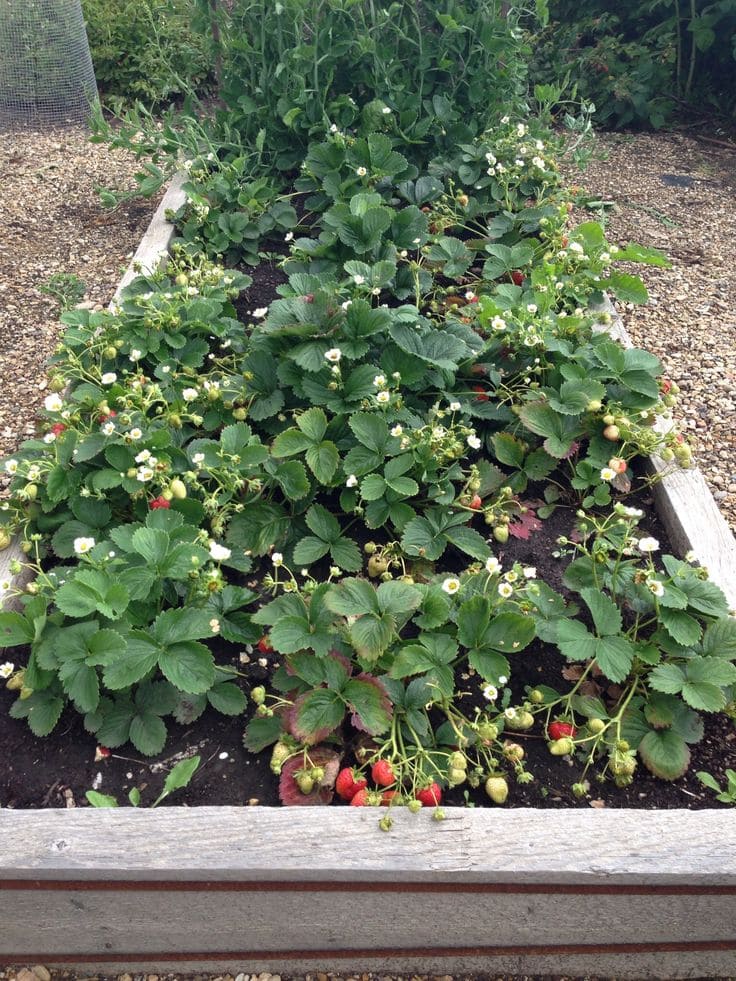
A friend once showed me her strawberry patch, where spinach hugged the ground between berry plants like a soft green blanket.
The spinach reduced soil evaporation and kept the earth cool, while the strawberries, in turn, attracted helpful pollinators. Plus, the combo made harvesting feel like finding hidden treasures tucked under broad leaves.
#7. Cabbage and Dill
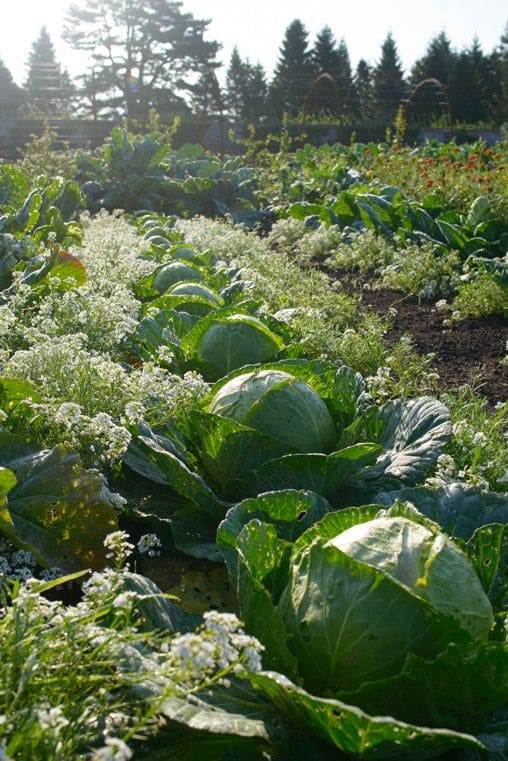
My old neighbor swore by planting dill next to her cabbages, and her plants were always the lushest on the block.
Dill not only wards off cabbage worms but also invites beneficial insects. Meanwhile, the broad cabbage leaves shield the tender dill shoots, helping them stay sweet and flavorful longer.
#8. Peas and Carrots
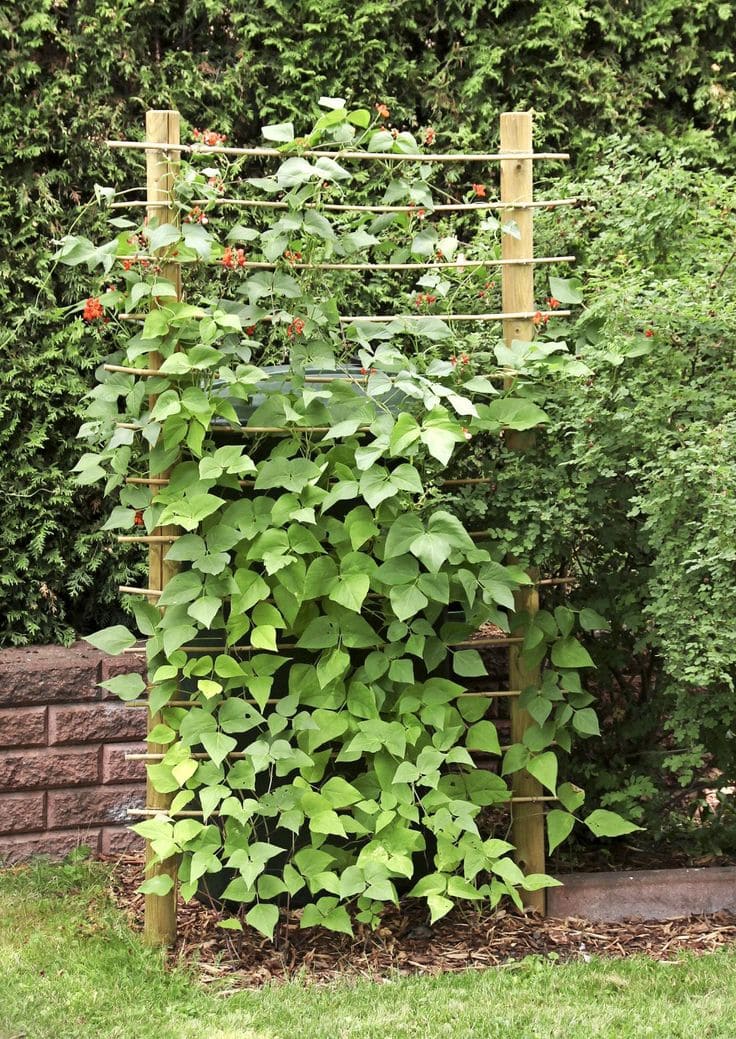
Planting peas and carrots together feels a bit like letting best friends share a room. Peas enrich the soil with nitrogen, giving carrots a nourishing boost underground.
In return, carrots provide just enough shade around the pea stems, helping conserve soil moisture through hotter spells. It’s a gentle partnership that’s as beautiful as it is practical.
#9. Beets and Garlic

One corner of my garden pairs beets with garlic, and they seem to flourish like secret allies.
Garlic wards off aphids and beetles that nibble tender beet leaves, while the leafy greens offer just enough cover to keep the garlic bulbs cool and content underground.
#10. Marigolds and All Vegetables
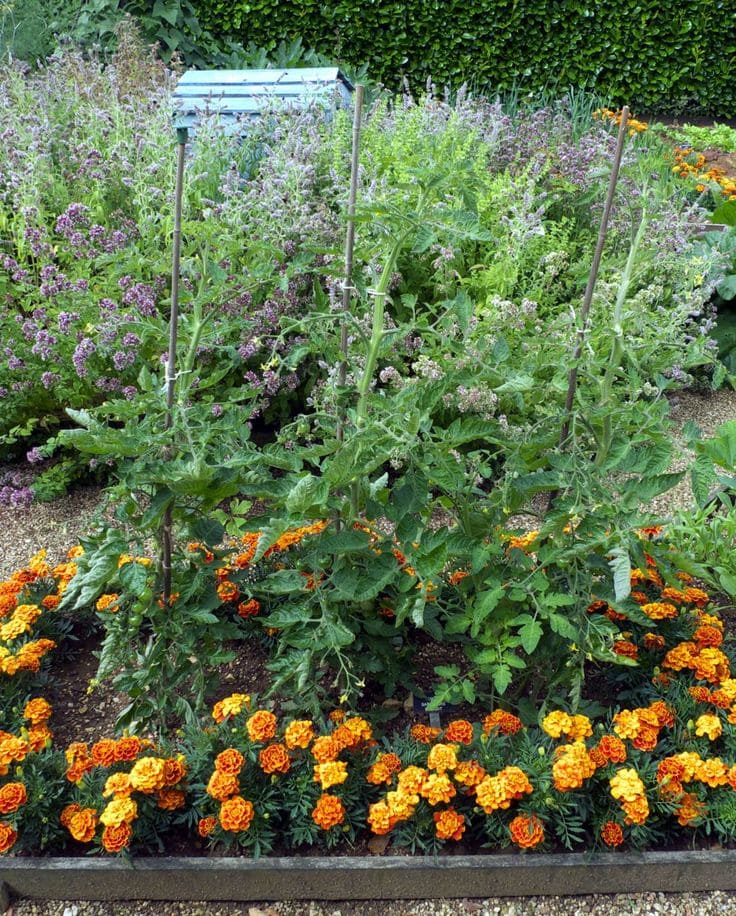
I always tuck marigolds into every vegetable bed — not just for their cheery blooms, but for their power.
Their scent confuses and repels a host of garden pests, creating a living shield that protects tomatoes, beans, squash, and anything lucky enough to grow nearby.
#11. Pepper and Spinach
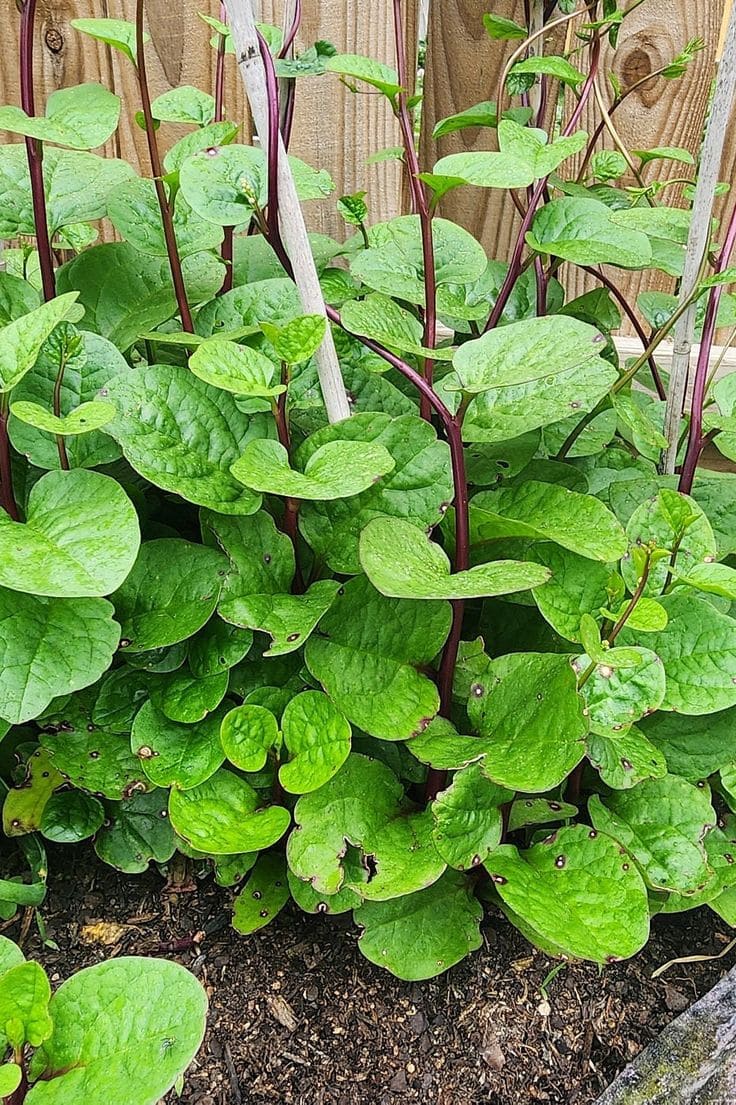
One trick that saved my spinach during early heatwaves was planting it beneath tall, leafy pepper plants.
The peppers cast just enough dappled shade, keeping spinach crisp and vibrant, while also sending off a spicy scent that bugs seem to hate.
#12. Garlic and Roses
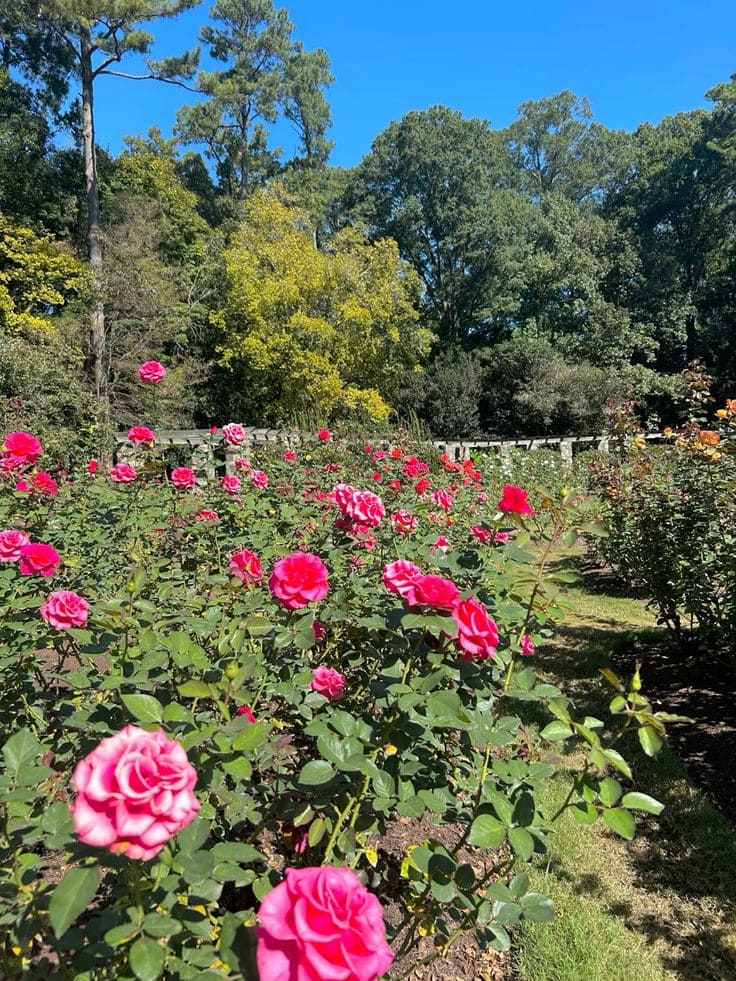
One trick that saved my spinach during early heatwaves was planting it beneath tall, leafy pepper plants.
The peppers cast just enough dappled shade, keeping spinach crisp and vibrant, while also sending off a spicy scent that bugs seem to hate.
#13. Basil and Peppers
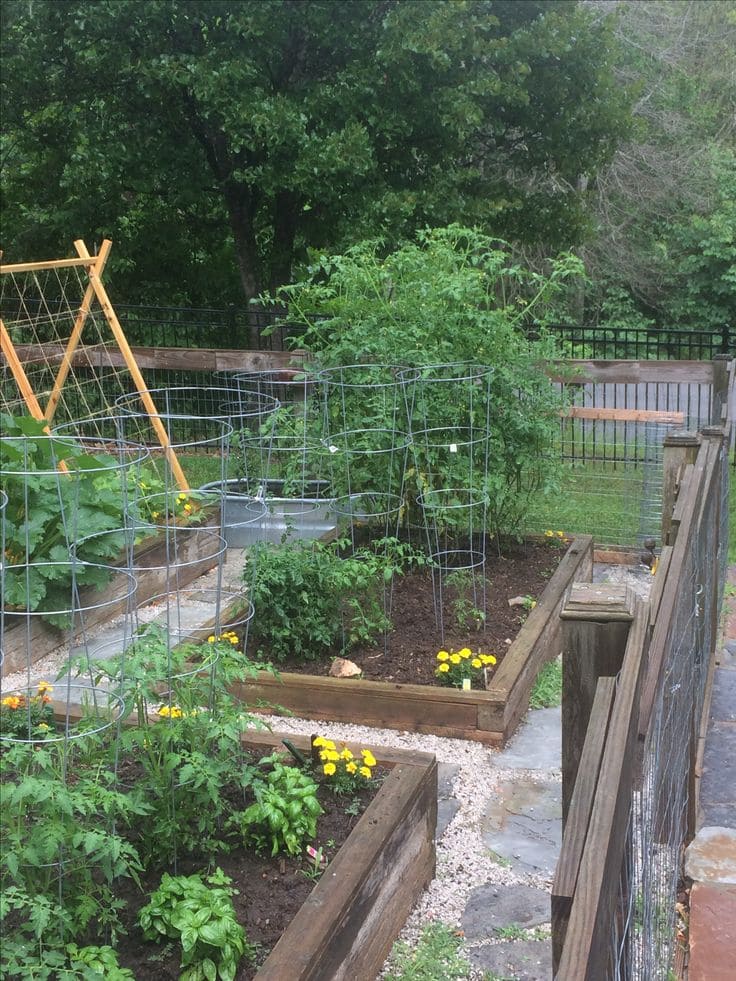
One trick that saved my spinach during early heatwaves was planting it beneath tall, leafy pepper plants.
The peppers cast just enough dappled shade, keeping spinach crisp and vibrant, while also sending off a spicy scent that bugs seem to hate.
#14. Chard and Beans
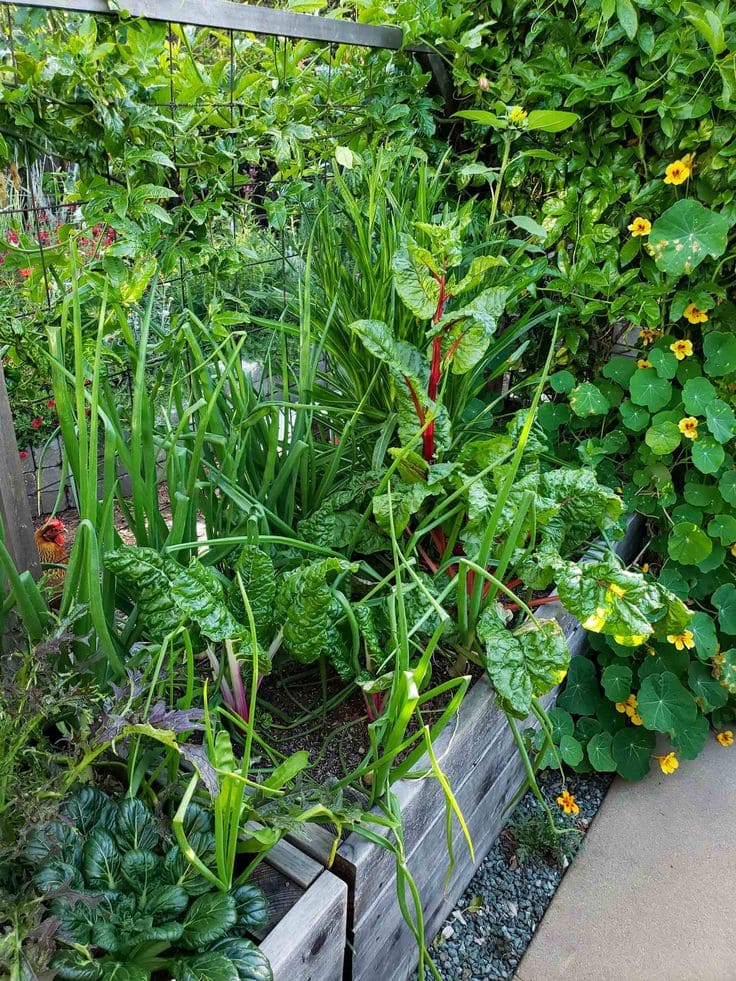
One trick that saved my spinach during early heatwaves was planting it beneath tall, leafy pepper plants.
The peppers cast just enough dappled shade, keeping spinach crisp and vibrant, while also sending off a spicy scent that bugs seem to hate.
#15. Zucchini and Nasturtiums
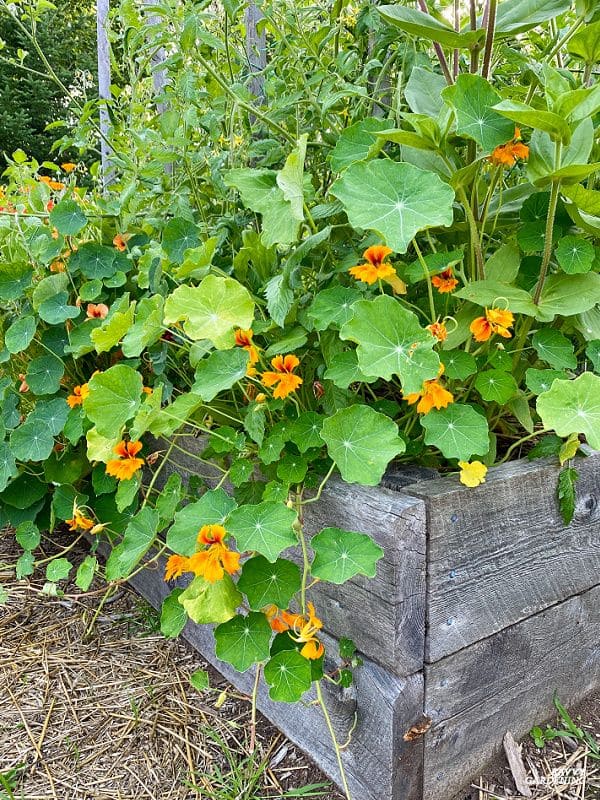
One of the liveliest beds I ever planted combined giant zucchini leaves with swirling nasturtium vines.
The nasturtiums trapped beetles before they reached the squash, while the zucchini plants spread out generously, giving their colorful companions a place to tangle and bloom.
#16. Kale and Thyme

Every winter, my thyme bushes cozy up to my rows of kale, and both seem stronger for it.
Thyme’s sharp scent keeps away cabbage worms, while kale’s dense leaves offer shelter for the low, woody thyme — a quiet, steadfast pairing through frosty mornings.
#17. Tomatoes and Parsley
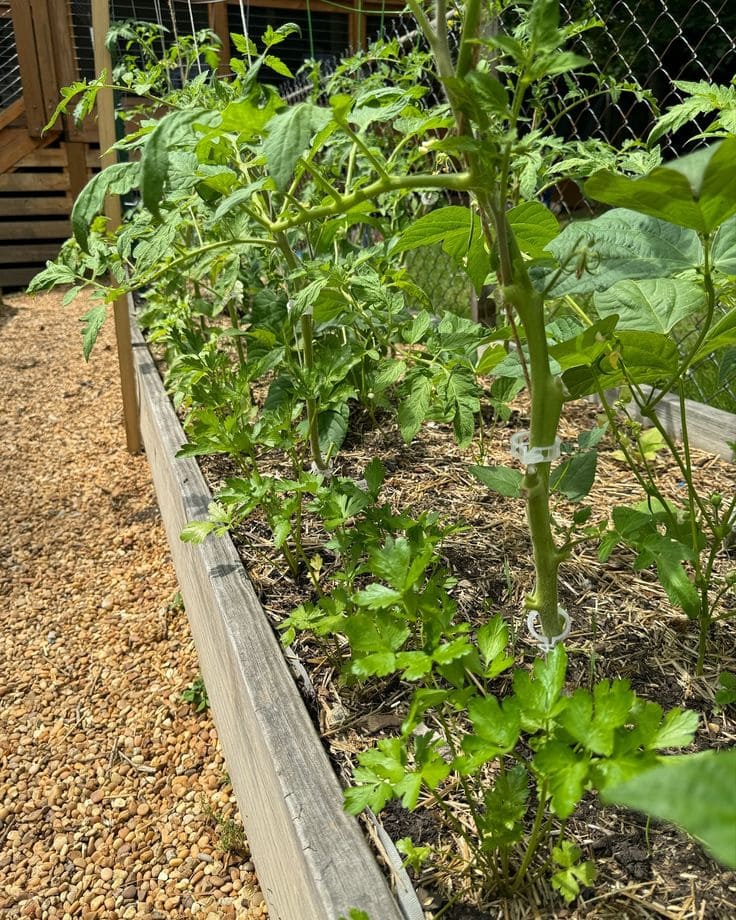
Parsley and tomatoes share a humble friendship tucked along the garden path.
The parsley discourages aphids from attacking tomato vines, and the sprawling tomatoes offer a soft umbrella of shade that helps keep parsley fresh and lush even into the hottest months.
#18. Squash and Beans
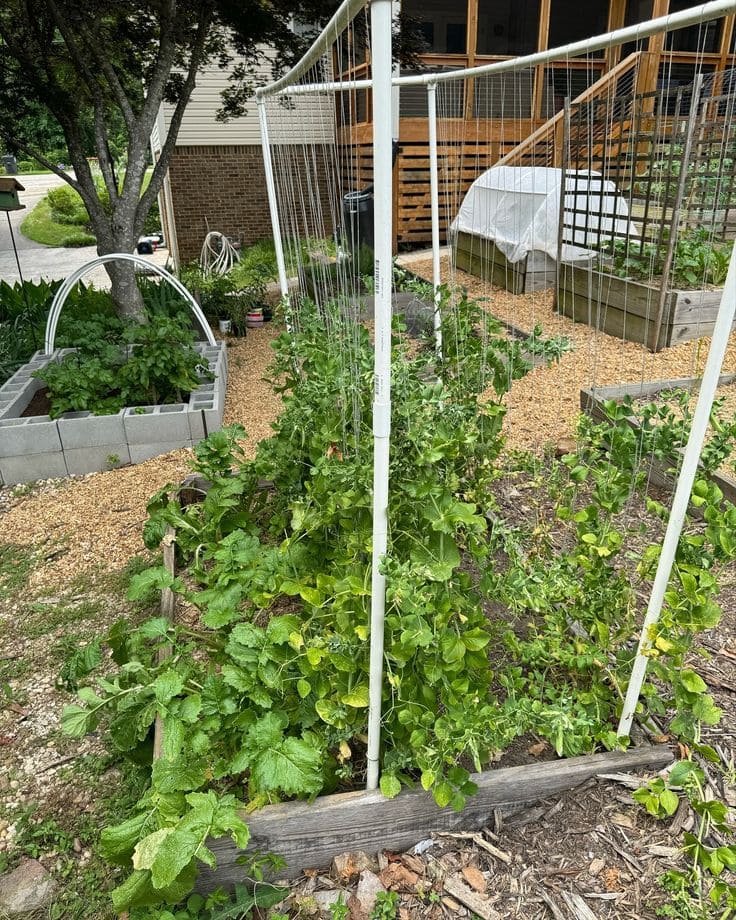
Planting squash and beans together feels like watching an ancient rhythm replay itself in your own backyard.
The beans fix nitrogen for the hungry squash vines, while the broad squash leaves shade the soil, trapping moisture and making everything underneath hum with quiet life.
#19. Cucumbers and Beans
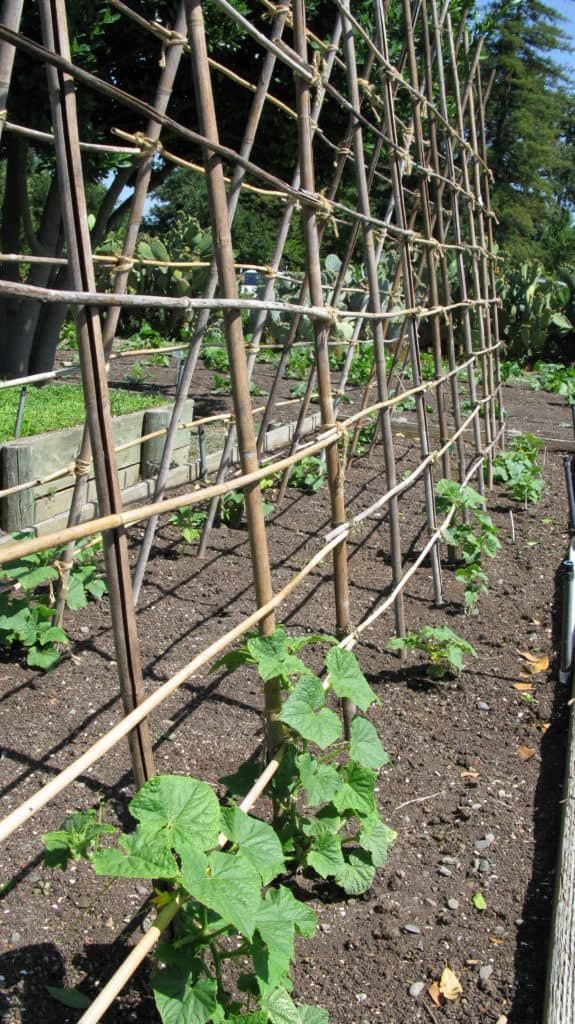
A gardening buddy once told me cucumbers and beans are like “sun twins” — needing the same heat, water, and soil.
Beans boost nitrogen levels, feeding cucumber vines, while cucumbers stretch across the ground, cooling the earth for the bean roots to dig deep and strong.
#20. Alyssum and Kale
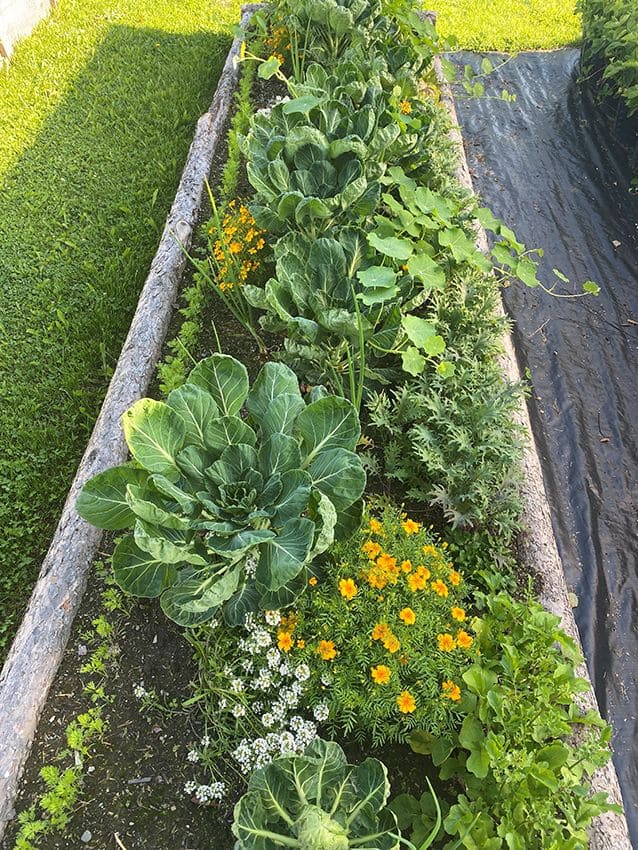
On the edges of my kale beds, I scatter alyssum seeds, letting their delicate, honey-scented flowers bloom freely.
The alyssum calls in ladybugs and lacewings — natural pest control — while softening the heavy look of kale with clouds of tiny, white blossoms buzzing with life.
Final Thoughts
Companion planting shows how quietly powerful these little relationships can be, nurturing not only stronger plants but a stronger connection between gardener and earth.
Choosing who grows beside who is a gentle, hopeful act. It’s a way of whispering encouragement to every seed you tuck into the soil.
Try a few of these beautiful partnerships this season — you’ll not only harvest healthier crops but also a deeper sense of harmony, one bed at a time.



